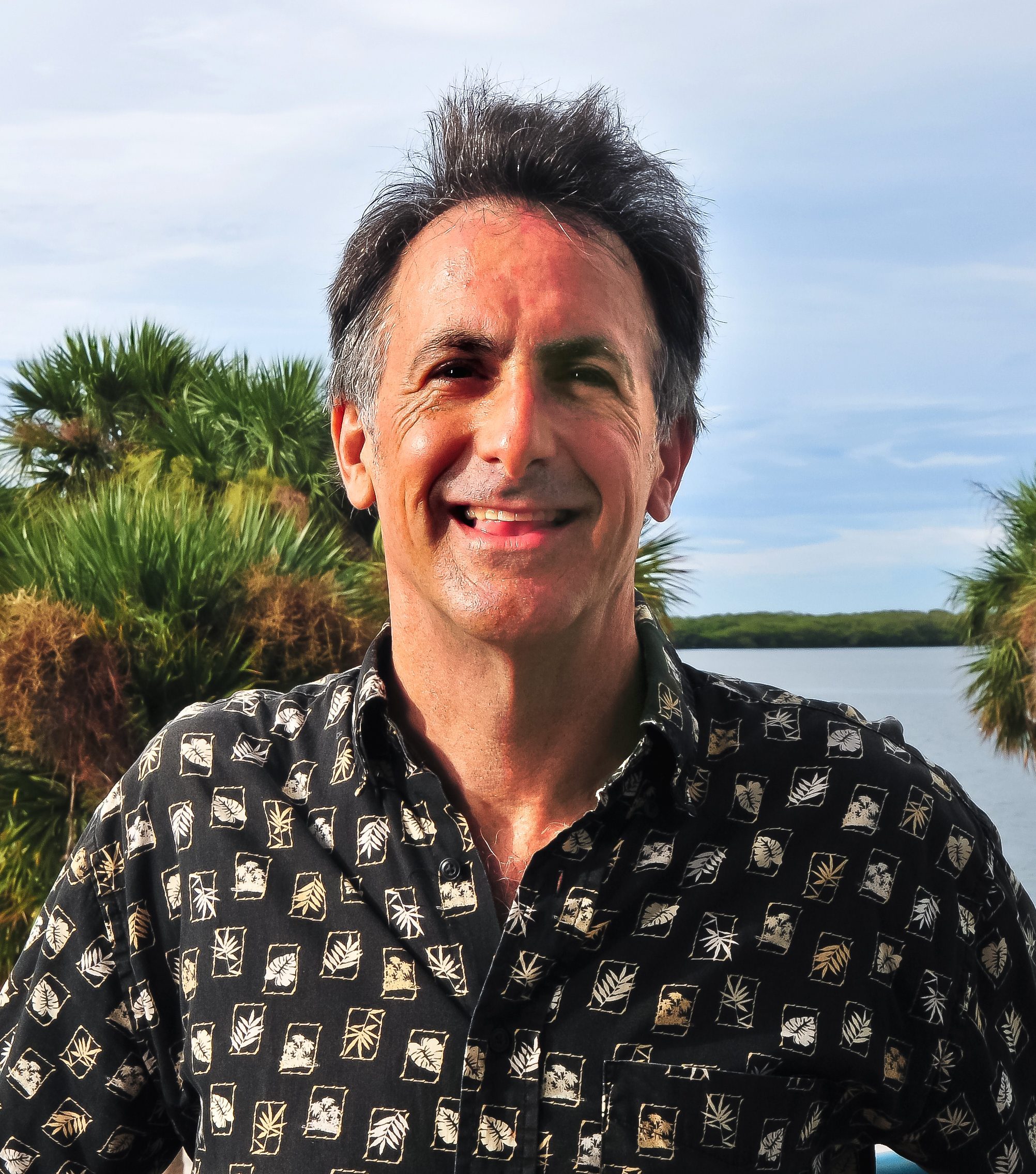More rain, higher wind speeds, and increased storm surge all add up to more destruction caused by hurricanes, warns oceanographer and retired professor, Dr. David Hastings.
GAINESVILLE, FL / ACCESSWIRE / August 13, 2020 / Major hurricanes are the costliest natural weather disasters. Recently, major hurricanes have incurred over $100 billion in damages. How has human influence affected these remarkable costs? here is evidence that the unnatural influence of human-driven climate change is making hurricanes stronger and more destructive than ever before.

Hurricanes form from the massive amount of energy derived from water evaporating from warm ocean water. These storms suck heat from tropical waters. Warm ocean air rises, causing air to rush in below. In the clouds overhead, water condenses, water droplets form, releasing even more heat to power the storm.
"The latest research reveals that these upward trends are likely to continue climbing as long as the climate continues warming," warns Dr. David Hastings. "Hurricanes are caused by small atmospheric disturbances in warm tropical oceans. If the water is warm enough, over 80F, and atmospheric conditions are just right with steady winds, adequate moisture and little or no wind shear, a tropical storm is born - and can grow in strength. Once winds rise to over 74 mph, we call the storm a hurricane."
Hurricanes Aren't Becoming More Frequent - But They Are Getting Stronger Says Dr. David Hastings
Studies consistently agree that there is no clear trend in the number of hurricanes recorded globally. "You would think that as water temperatures continue to rise due to global warming, the conditions required for hurricanes to form would become more favorable and therefore cause more of them to form," says Dr. David Hastings. "But computer models of the ocean-atmosphere system embraced and validated by scientific community reveal that storm intensity will increase while frequency decreases or holds steady."
A study done in 2013 found substantial regional and global increases in category 4 and 5 hurricanes - the strongest levels on the Saffir-Simpson scale. The study concluded that the proportion of category 4-5 hurricanes increased 25-30% per degree (C) of human-induced global warming.
"Even more alarming are the model predictions that hurricanes will routinely reach wind speeds well above those defined as category 5 hurricanes," says Dr. David Hastings. The model used in the study, HiFLOR, is one of the most advanced climate models in the world and it is used to make predictions about how current climate conditions will affect weather patterns well into the future.
"Based on these model predictions, we're going to have to create a sixth category to describe hurricane strengths within the next 20-50 years," says Dr. David Hastings.
David Hastings is a chemical oceanographer and marine geochemist and a retired marine science and chemistry professor from Eckerd College. After studying chemistry at Princeton University, Dr. Hastings pursued his Ph.D. in chemical oceanography at the University of Washington. Dr. Hastings believes that it is imperative for scientists to engage actively in policy conversations concerning climate change with both the public and elected officials in order to effect meaningful change.
CONTACT:
Caroline Hunter
Web Presence, LLC
+1 7865519491
SOURCE: David Hastings
View source version on accesswire.com:
https://www.accesswire.com/601690/Oceanographer-Dr-David-Hastings-Explains-How-Global-Warming-is-Making-Hurricanes-Stronger

